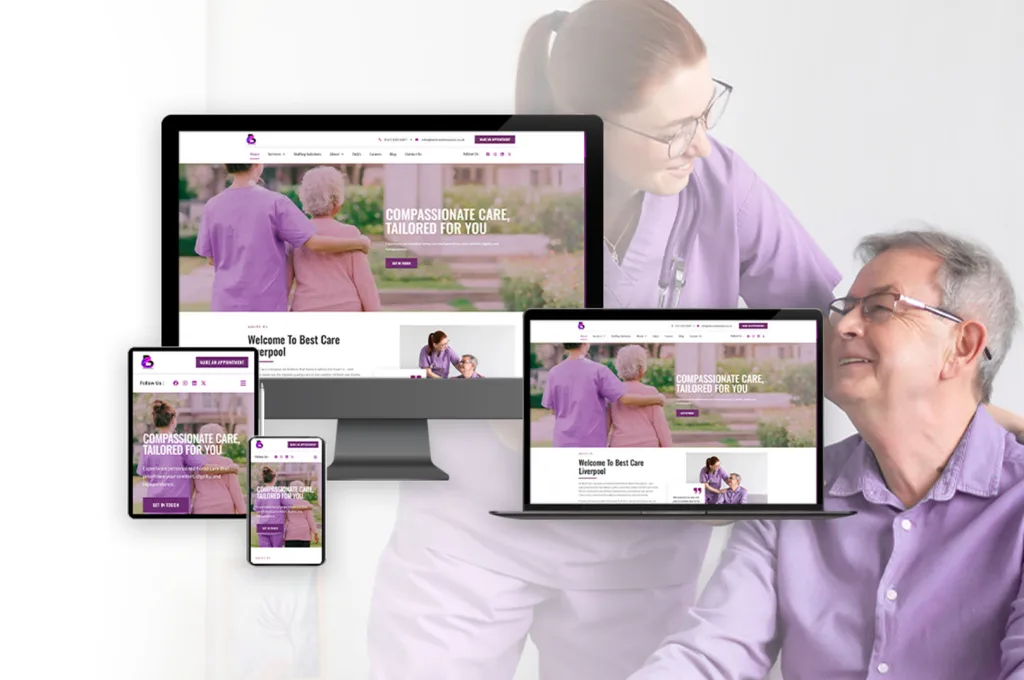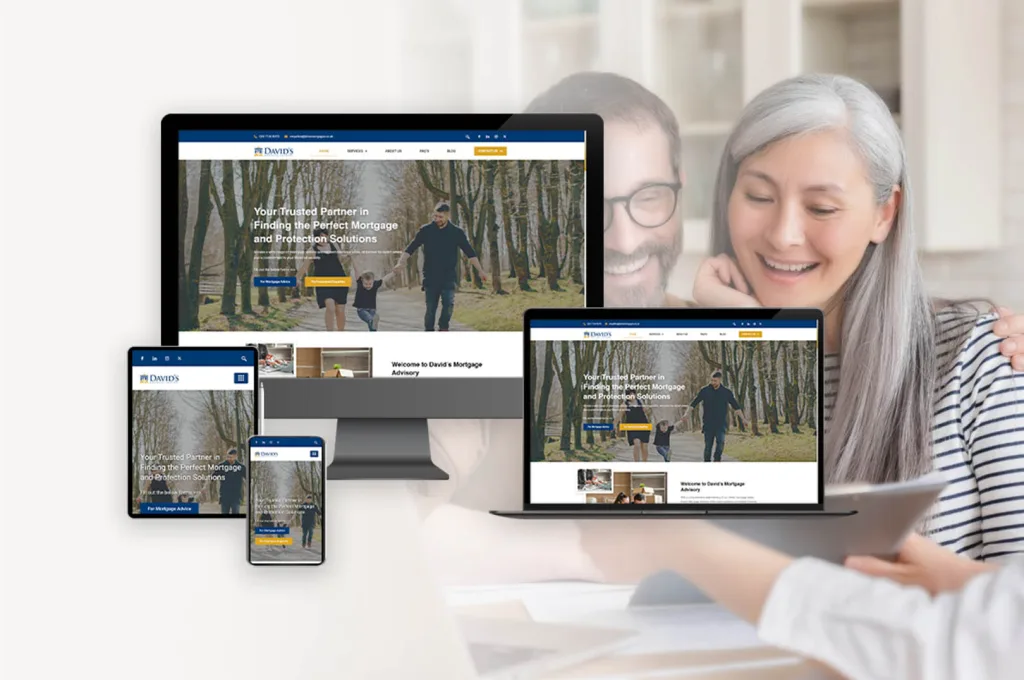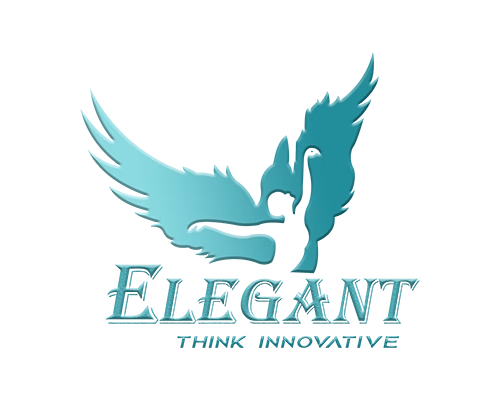The role of social media integration in website design and development
Introduction
The role of social media integration in website design and development is becoming increasingly important in today’s digital world. Social media integration allows businesses to reach a wider audience, build relationships with customers, and increase brand awareness. It also helps to create a more engaging user experience, as users can easily share content and interact with the website. Additionally, social media integration can help to improve search engine rankings, as well as provide valuable insights into customer behavior. In this article, we will discuss the various ways in which social media integration can be used to enhance website design and development.

How Social Media Integration Can Enhance User Experience on Your Website
Integrating social media into your website can be a great way to enhance the user experience. By connecting your website to social media platforms, you can create a more interactive and engaging experience for your visitors.
One of the main benefits of social media integration is that it allows users to easily share content from your website with their friends and followers. This can help to increase the reach of your website and attract more visitors. Additionally, it can help to build relationships with your customers and create a sense of community.
Social media integration can also help to increase user engagement. By allowing users to comment on and share content, you can create a more interactive experience. This can help to encourage users to return to your website and interact with your content.
Another benefit of social media integration is that it can help to increase your website’s visibility. By connecting your website to social media platforms, you can reach a wider audience and increase your website’s visibility. This can help to drive more traffic to your website and increase your chances of success.
Finally, social media integration can help to improve the overall user experience. By allowing users to easily connect with your website, you can create a more personalized experience. This can help to make your website more attractive and engaging for users.
Overall, integrating social media into your website can be a great way to enhance the user experience. By connecting your website to social media platforms, you can create a more interactive and engaging experience for your visitors. Additionally, it can help to increase your website’s visibility and improve the overall user experience.
The Benefits of Incorporating Social Media into Your Website Design
Incorporating social media into website design is becoming increasingly popular as businesses recognize the potential benefits of doing so. Social media can be used to increase website traffic, build brand awareness, and create a more engaging user experience. Here are some of the key benefits of incorporating social media into website design.
Increased Website Traffic: Social media can be used to drive more traffic to a website. By creating content that is interesting and engaging, businesses can encourage users to share it with their networks, which can lead to more people visiting the website. Additionally, businesses can use social media to advertise their website, which can also lead to increased website traffic.
Brand Awareness: Social media can be used to build brand awareness. By creating content that is interesting and engaging, businesses can create a positive impression of their brand. Additionally, businesses can use social media to interact with their customers, which can help to build relationships and trust.
Engaging User Experience: Social media can be used to create a more engaging user experience. By incorporating social media into website design, businesses can create a more interactive experience for their users. This can include features such as comment sections, polls, and other interactive elements.
These are just a few of the key benefits of incorporating social media into website design. By taking advantage of these benefits, businesses can create a more engaging user experience, increase website traffic, and build brand awareness.
Strategies for Integrating Social Media into Your Website Design
1. Incorporate Social Media Buttons: Adding social media buttons to your website is an easy way to integrate social media into your website design. This will allow visitors to quickly and easily share your content on their social media accounts.
2. Include a Social Media Feed: Adding a social media feed to your website is a great way to keep visitors engaged and informed about your latest updates. This can be done by embedding a Twitter or Instagram feed directly into your website.
3. Create a Social Media Hub: Creating a dedicated page on your website for social media is a great way to showcase your presence on different social media platforms. This page can include links to your social media accounts, as well as a feed of your latest posts.
4. Use Social Media Widgets: Social media widgets are a great way to add interactive elements to your website. These widgets can be used to display content from your social media accounts, such as a Twitter feed or a Facebook Like Box.
5. Add Social Sharing Buttons: Adding social sharing buttons to your website is a great way to encourage visitors to share your content on their social media accounts. This can be done by adding buttons for popular social media platforms, such as Twitter, Facebook, and LinkedIn.
6. Integrate Social Login: Integrating social login into your website is a great way to make it easier for visitors to sign up for your services. This can be done by allowing visitors to log in with their existing social media accounts, such as Facebook or Google.
How to Leverage Social Media to Increase Traffic to Your Website
Social media is an invaluable tool for businesses looking to increase website traffic. With the right strategy, businesses can leverage social media to drive more visitors to their website. Here are some tips to help you get started.
1. Create Quality Content: Quality content is essential for driving website traffic. Make sure your content is engaging, informative, and relevant to your target audience. Share content that is interesting and valuable to your followers, and they will be more likely to click through to your website.
2. Use Hashtags: Hashtags are a great way to increase visibility and reach a wider audience. Use relevant hashtags to make your content more discoverable and to attract new followers.
3. Engage with Your Followers: Engaging with your followers is key to building relationships and driving website traffic. Respond to comments, ask questions, and share content that is relevant to your followers.
4. Promote Your Content: Promote your content on social media to increase visibility and reach a larger audience. Use paid advertising to target specific audiences and increase website traffic.
5. Analyze Your Results: Analyzing your results is essential for understanding what works and what doesn’t. Use analytics tools to track website traffic and measure the success of your social media campaigns.
By following these tips, you can leverage social media to increase website traffic and reach a larger audience. With the right strategy, you can use social media to drive more visitors to your website and grow your business.
The Impact of Social Media Integration on SEO and Website Performance
The integration of social media into websites has become increasingly important in recent years, as it can have a significant impact on both SEO and website performance. Social media integration can help to improve a website’s visibility in search engine results, as well as its overall performance.
When it comes to SEO, social media integration can help to boost a website’s ranking in search engine results. This is because social media platforms are seen as authoritative sources of information, and search engines take this into account when ranking websites. By integrating social media into a website, it can help to increase the website’s visibility in search engine results, as well as its overall ranking.
Social media integration can also help to improve website performance. This is because it can help to increase website traffic, as well as engagement with the website’s content. By integrating social media into a website, it can help to increase the website’s reach and visibility, as well as its overall engagement. This can help to improve website performance, as it can lead to more visitors and more conversions.
In conclusion, social media integration can have a significant impact on both SEO and website performance. By integrating social media into a website, it can help to increase the website’s visibility in search engine results, as well as its overall performance. This can help to improve website performance, as it can lead to more visitors and more conversions.
Conclusion
In conclusion, social media integration is an important part of website design and development. It allows businesses to reach a wider audience, increase brand awareness, and engage with customers in a more meaningful way. Social media integration also helps to improve website usability and user experience, as well as providing a platform for businesses to showcase their products and services. By integrating social media into their website design and development, businesses can benefit from increased visibility, improved customer engagement, and increased sales.
Integrate social media into your website design and development to maximize your online presence and reach more potential customers. With social media integration, you can easily share content, engage with customers, and increase your website’s visibility. Take advantage of this powerful tool and start growing your business today! Click here to get started with Elegant!
FEATURED POSTS
-
 Elegant Shines at BestWeb.LK 2025 with 4 Prestigious Awards
Elegant Shines at BestWeb.LK 2025 with 4 Prestigious Awards -
 Why Every Bakery Needs a Professional Website
Why Every Bakery Needs a Professional Website -
 Why Yoga Instructors or Yoga Institutes Should Have a Professional Website
Why Yoga Instructors or Yoga Institutes Should Have a Professional Website -
 How a Mobile Friendly Website Can Boost Your Sales
How a Mobile Friendly Website Can Boost Your Sales -
 ELEGANT Launches New Website for Best Care Liverpool
ELEGANT Launches New Website for Best Care Liverpool -
 ELEGANT Launches New Website for David’s Mortgage Advisory Ltd with a Fresh, Professional Look
ELEGANT Launches New Website for David’s Mortgage Advisory Ltd with a Fresh, Professional Look



